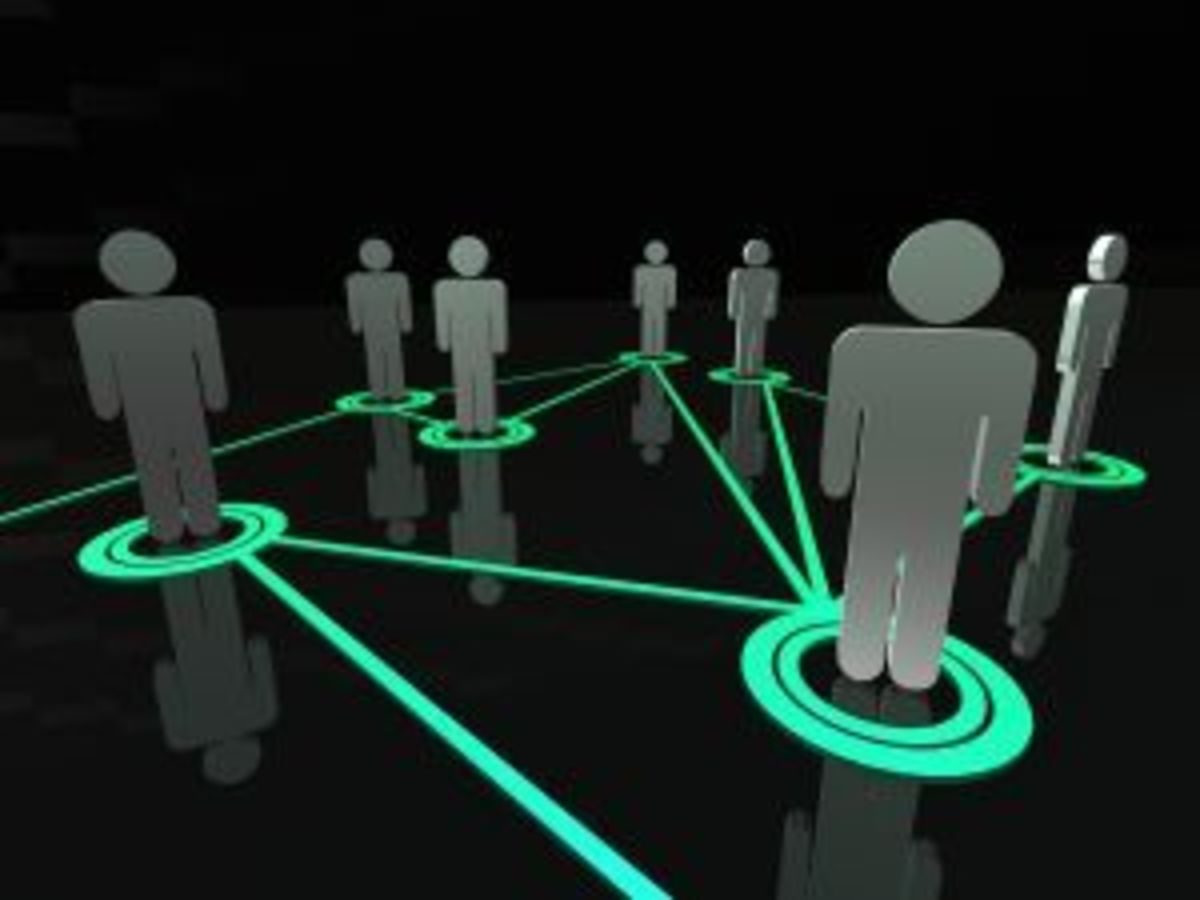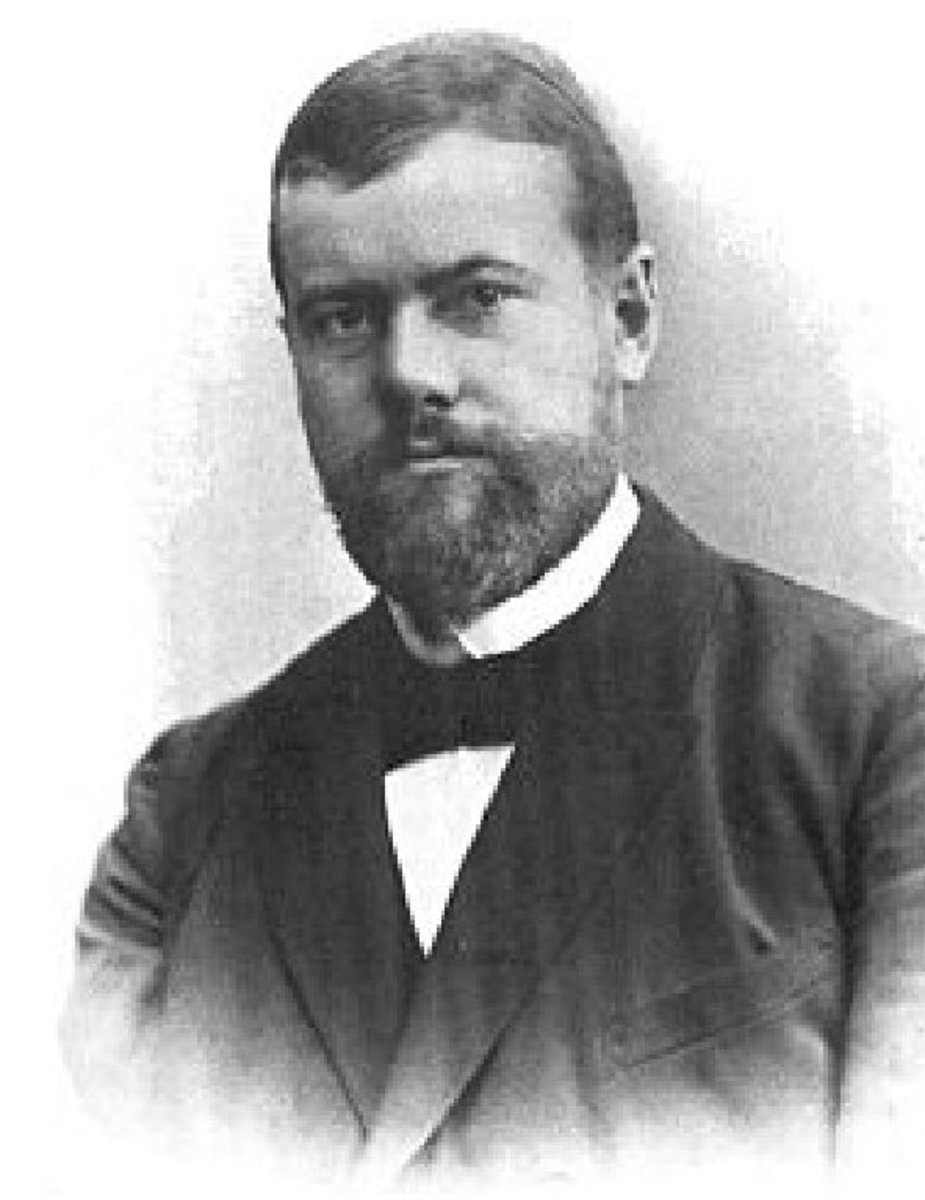The Power of Organizations
Organizations are created so as to attain their various goals that are associated with specific interest groups. These goals are attained through mutual contribution of the stakeholders. One can realize the significance of organizations in various ways. Some of these ways include Synergy Effects: In organizations, people with various skills and experience work together in producing the synergetic impact with the help of the new technology. The outcome of the work performed through teamwork would be higher in comparison to the benefit of a benefit of the work performed individually. The complexity of activities is made possible by organizations. A minimal number of team players, as well as employees could manage the activities of the organizations.
In most cases, organizations could trigger, and enhance the team spirit within its stakeholders. They also, strengthen the mood of a team spirit to its components. Different people have specific goals that are based on social values. Hence, they would want to fulfil these goals through organizations. Organizations fulfil these goals by establishing a conducive environment that is compliant of organizational objectives with those of the individuals. These organizations motivate them (through management) for the commitment and dedication in the common mission. In an organization is where you will find roles and responsibilities that are arranged in hierarchical form for the purpose of attaining goals, and therefore generating employment opportunities in a variety of scale.
Another area where organizations are found to be crucial is through economic development. By utilizing people, it will improve the purchasing power of these people and also the organization itself which will in turn be able to pay taxes to the central government. The revenue generated this way will be useful in development projects such as hospitals, roads, and so on. In another angle, employment creation is the main tool for economic development of any country. In essence, employment generates income, which in turn generates purchasing power; this purchasing power in turn creates demand. In fulfilling this increased demand, increased production should be enhanced. In producing more goods, more employment is again necessary. Therefore, this results in economic development establishing an enhanced development cycle in the country.
Organizations are established in order to produce specific type of services or goods to the society and placing more emphasis on creativity and innovation. This aspect is fundamental in fulfilling customer needs and, therefore bringing up the sense of social awareness. As the low class people are offered the opportunity to work, and be remunerated, the economic gap between the different societal levels is narrowed. Apparently, organizations are involved in the ongoing process of research in enhancing the level of services. In this perspective, it adopts the available up-to-date technologies in the market sphere and imparts these technologies indirectly to the society via its members.
Organizations consist of people who associate with one another. The fundamental dynamics of an effective organization is therefore interdependence and interpretation. Despite the factor of interconnectedness of these issue, it follows then that people are compliant to an imaginary and overarching, system, which is hereby regarded as an “organization”. this takes, actions, decisions, cooperation, competition, failures, succession and so on their behalf.
From the perspective of informal coalition, the outcome emanates from the complexity and interplay of conversations making up the daily organizational life. It is here that interactions of the give and take between employees and the management that individuals make sense of the going on and therefore, decide on how they would react to that. Some of the themes emerging from the interactions are taken up to the formal arenas in the organization and are eventually adopted as constructive strategies, policies, structures and so on. However, other conversations remain “underground”. They however continue influencing peoples perspectives of “making sense” and acting upon the emerging circumstances but not openly acknowledged in formal settings. Another element in understanding an organization is that the communication, which people have with one another does not follow formal organizational “boundaries”. One might decide to think of the world in terms of the separate, boundaries entities that are referred as organizations. The underlying dynamics of conversation are not constructed on organizational divisions.
In essence, the management and leadership of an organization influence the direction, culture and the general image of a company. The managers must have the ability to manage individuals making up a team so as o enforce the standards and objectives of the company. The management is the authority by which an organization’s vision is implemented. In addition, the management also structures the plan of the organization. Managers are mandated to plan for the operations taking place at the organization. In this perspective, the managers have to choose the desired results, priorities and design an approach on how the goals will be realized. Some of the planning aspects of the management include the business operations, strategy and approach, staff, promotion, advertising and so on.
Entrepreneurs competency is the capacity of entrepreneurs or organization leaders in effectively facing any critical situation by making sense of any environment problems and also by activating both relational and internal specified resources. Entrepreneurial competencies are personal traits such as motives, specific knowledge, features, self images, social roles and images which leads to the success of the organization. The management is again responsible for providing employees feedback on their performance. This employee feedback is also necessary in providing future direction and the needed improvement among employees and the entire organization.







